Designed to Innovate: Thomas Kolster
Joseph Maduma
February 6th 2013Welcome to Designed to Innovate, Good Design’s first interview series. The role of design in creating real, world changing social innovation is of undeniable critical importance; design has the power to inspire change and improve lives. In the creative industries we hear the word ‘innovation’ all the time, but what does it really mean? How can design create exciting opportunities for social innovation to flourish? Can design deliver change on the scale that’s required? These are big questions and they require big answers.
Over the next few months Designed to Innovate will highlight insights, case studies and future trends by means of interviews with some of the thought leaders in the world of design, advertising and branding; Good Design will seek to discover what will shape the social innovation scene in 2013 and beyond.
Designed to Innovate: Thomas Kolster
Author, founder and creative director of Goodvertising Agency and WhereGoodGrows
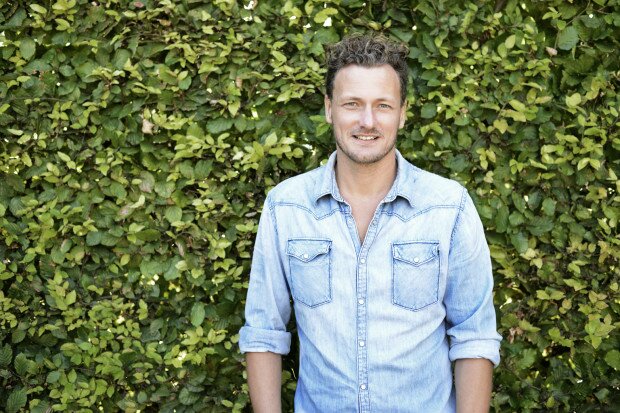
Thomas Kolster is an experienced keynote speaker and the author of Goodvertising (Thames & Hudson 2012), which highlights how advertising can create value for both brands and the bottom line and do good for people and the planet at the same time. This movement, which is taking hold in marketing and communications and gaining pace every day, he dubs Goodvertising.
Thomas is an enthusiastic and awarded creative director with more than 13 years experience working for a diverse range of clients from McDonalds all the way through to Amnesty International. He has worked for three prominent advertising agencies, most recently DDB, before founding the agency Inkognito and his most recent agency, The Goodvertising Agency.
Thomas is also the founder of WhereGoodGrows; the world’s first best-practice collaborative platform that aims to share sustainable communication solutions to accelerate knowledge and ultimately do greater good for people, the planet and business. His belief is that the communication industry has a pivotal role to play in promoting a more sustainable mind-set and behaviour and that by making advertising better we can make the world better.
In your own words, what is your definition of innovation?
I like to look at innovation as something that scares people, that shakes up conventions or established thinking and beliefs. If it doesn’t it’s probably not an innovation, but rather an incremental improvement. At the office we believe in the credo: Big, scary world-changing ideas. I believe that’s what pushes our clients and us forward.
Do you believe that design has the power to change the world, and if so, how?
Yes, it definitely has the power to do so – and it’s up to designers, art directors and everyone else involved with design to make that change happen. Companies are run by people. It’s about the choices you and I make – we can make it happen.
What are the key attributes that brands will need to survive in the future?
A transformational shift is happening in branding driven by social media and sustainability. This changes the very structure of how we market and build brands. When I started in advertising branding was about shovelling messages down the throat of consumers, often centred around the brand: I’m bigger, better, cheaper. With the advent of social media the market begins to talk back – ultimately forcing the monologue into a dialogue. Just as dictators were toppled from Egypt to Libya, the same fate awaits brands that behave like self-loving dictators. Today brands need to behave like our elected democratic leaders. They have to kick-start a dialogue about what matters to you and me.
Brands have to earn our loyalty and attention for us to vote with our money for their products or services. This is where sustainability comes into the equation. Consumers begin to ask different questions: Where is that TV made? Under what conditions? How much energy does it use? As products are increasingly the same these sustainable values offer a clear point of difference and a clear starting point for discussion. In the ice-cream market where competition is fierce, a brand like Ben & Jerry has succeeded by differentiating themselves and building a strong brand based on the belief that they make “the best possible ice cream in the nicest possible way”. Doing good is at the heart of their brand and the centrepiece of most of their campaigns. In my book ‘Goodvertising’ I’m sharing other key attributes important for marketers, such as transparency and collaboration, and showing how these attributes are at play in successful communication cases from brands and agencies.
"Just as dictators were toppled from Egypt to Libya, the same fate awaits brands that behave like self-loving dictators."
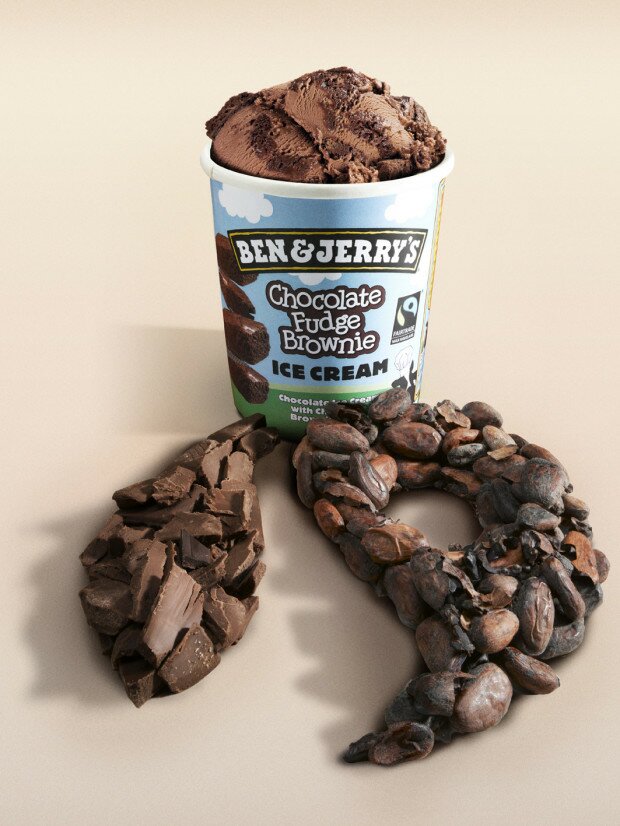
Which challenger brand currently on the market really demonstrates an engaging experience of sustainability through design for the consumer and why?
I think one of the challenger brands that has succeeded and quickly risen to fame is Innocent juice, now owned by Coca-Cola. Another company is Method with their great, well-designed range of cleaning products. But new exciting brands are appearing every day, like OAT Shoes that has succeeded in creating a fully biodegradable shoe that’s also well designed. A nice add-on story to the shoes is that when you get rid of them, you can simply bury them in the garden – seeds are incorporated in the sole – and the shoes turn into blossoming flowers or a tree.
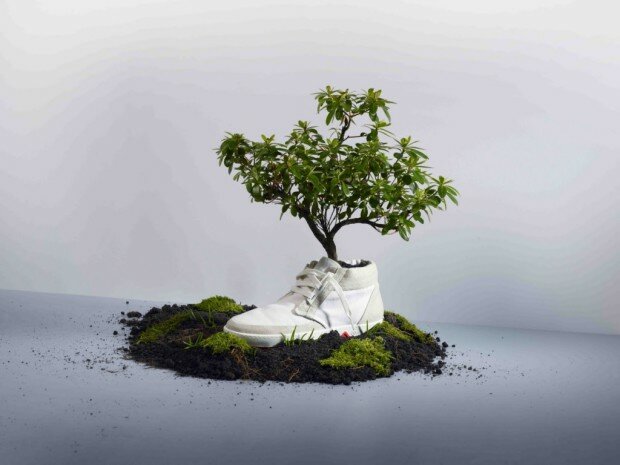
How can design create engaging experiences that can inspire real behaviour change?
I think design has a pivotal role to play. Everything we surround ourselves with can be designed to tell a better story about how to save resources, how we can work more safely or why product sustainable is better than product run-of-the-mill. We still haven’t seen the true potential of this – and I’ll encourage designers all over the world to use their voice and skills to make a difference.
Prior to writing the book Goodvertising and starting your own agency, you worked in the advertising industry. What was the tipping point for making you want to use your creative skills for good?
Yes, selling burgers and creating a better world sounds like a paradox. It’s been a process long under way. I ended up in advertising by chance – and I really didn’t like advertising that much, but it was a way for me to make a living doing what I liked: writing. In the earlier years of my career I was lucky to work with a lot of non-profit organisations like Amnesty, work that I really enjoyed. The tipping-point probably came around COP15 in Copenhagen, when I realized with great disappointment that the solution wasn’t coming from our elected leaders – and I saw a great potential for brands and companies to step in and make a difference. Think about it, every minute of the day more than 10.000 Coca-Colas are consumed. If some of that reach were used to improve our world it would have an enormous impact. Therefore it does matter when Coca-Cola launches an “Arctic Home” campaign supporting the polar bears and uses their cans to communicate their efforts and build awareness of conservation and climate change.
"Think about it, every minute of the day more than 10.000 Coca-Colas are consumed. If some of that reach were used to improve our world it would have an enormous impact."
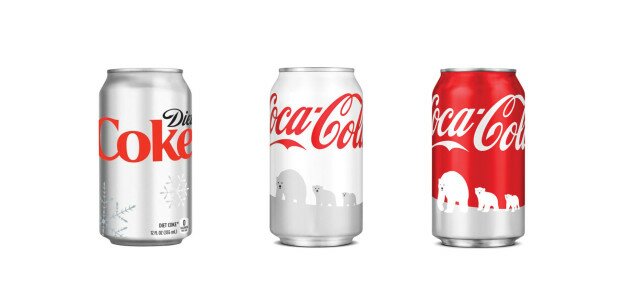
A strong internal work culture is vital in creating real innovation. Can you give us some examples of how your internal culture at Goodvertising Agency helps innovation to flourish?
We’re still a small and agile set-up, where it’s easier to make innovation thrive. We talk, discuss and share a lot. It’s really a flat structure where the ideas flow from everywhere and everyone who wants to stand up for an idea. Moreover, I’m fortunate enough to meet and work with a lot of different people with different backgrounds and from different cultures. Innovation comes from being curious and bold at the same time. It demands guts to believe in something that others most likely will ridicule.
An innovative idea has the power to be world changing. But it is no use if it cannot be scaled. Can you name any examples of big ideas scaled well? Or are there any scaling-up approaches that you would like to see applied more to achieve change on a mainstream level?
I believe we have a lot of the solutions out there to make our world better already. We need scaling-up of the social and environmental solutions that work. This is also the core of my latest project called WhereGoodGrows. This is a platform not only for sharing communication and design solutions that work – but we’re taking it one step further and asking people to give away their ideas for good. Think, if a campaign in Africa for HIV prevention really worked and saved thousands of lives, why not use that very same campaign in India?
It’s kind of a Pirate Bay or Creative Commons for good; campaigns all formalized under a Right to Recycle license. We’re launching early this year – and hope the initiative can scale up solutions that work – and ultimately fast-track learning and innovation.
"If a campaign in Africa for HIV prevention really worked and saved thousands of lives, why not use that very same campaign in India?"
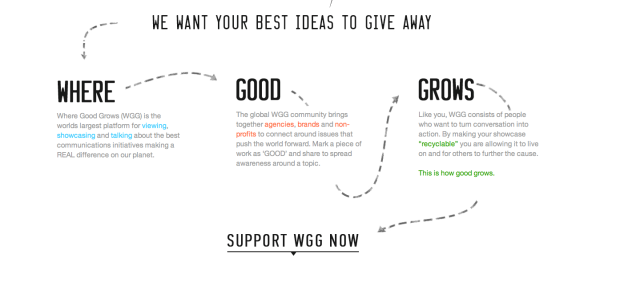
10 years from now what major changes do you hope to see as a result of sustainable and social innovation? What is your vision of a better future?
I think we’ll see a lot of new innovations made possible by technology, such as smarter cities or self-driving cars. We’ll also experience a lot of easy wins from collaboration where governments, brands, non-profits and consumers work together in new and even bigger constellations. Just the other day I saw a campaign “Enough Food For Everyone” that saw more than 100 UK non-profits working together to put an end to hunger. With regard to my own industry, advertising, I do hope we’ll finally grow up and live up to the huge responsibility we have – and use our voices and skills to create a better future for everyone, that’s defined not by how much we own, but how happy we are.
"It’s time that we aim high and dare to challenge our existing (harmful) way of life."

When you retire, what world changing innovation would you like to leave behind or say you have contributed to?
I can’t say for sure, if I could it wouldn’t be world-changing enough. Mostly, I want to leave behind a world where my kids can be healthy and happy. It’s time that we aim high and dare to challenge our existing (harmful) way of life.